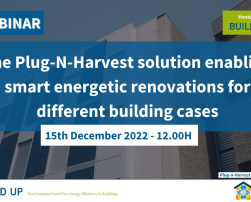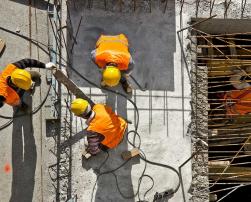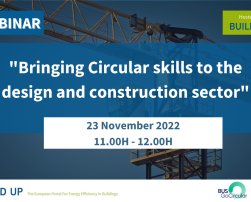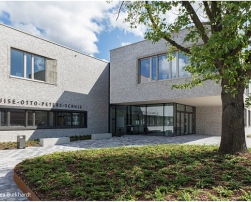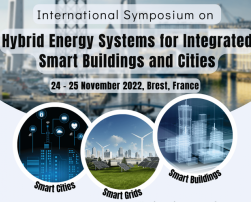
Consortium partners VITO-Energyville and Demokritos are modelling the behaviour of the various RES4BUILD system components – heat pumps, solar panel yields, long- and short-term heat storage, and the building thermal mass. One of the ways to model a building’s thermal mass is to estimate the indoor temperature given the ambient conditions and the inputs i.e. outdoor temperature, solar irradiance incident, heating/cooling. The project’s approach uses grey box models to approximate the building model by grouping various physical components together, and then identifying the parameters corresponding to the grouped components in a data driven way. They capture the thermodynamics to a certain extent but are also easily applied across buildings because of this data driven approach. Once ready, the models of the various components can be used in a framework for optimal control of the system to maximize self-consumption or minimize use of fossil fuels and costs.


